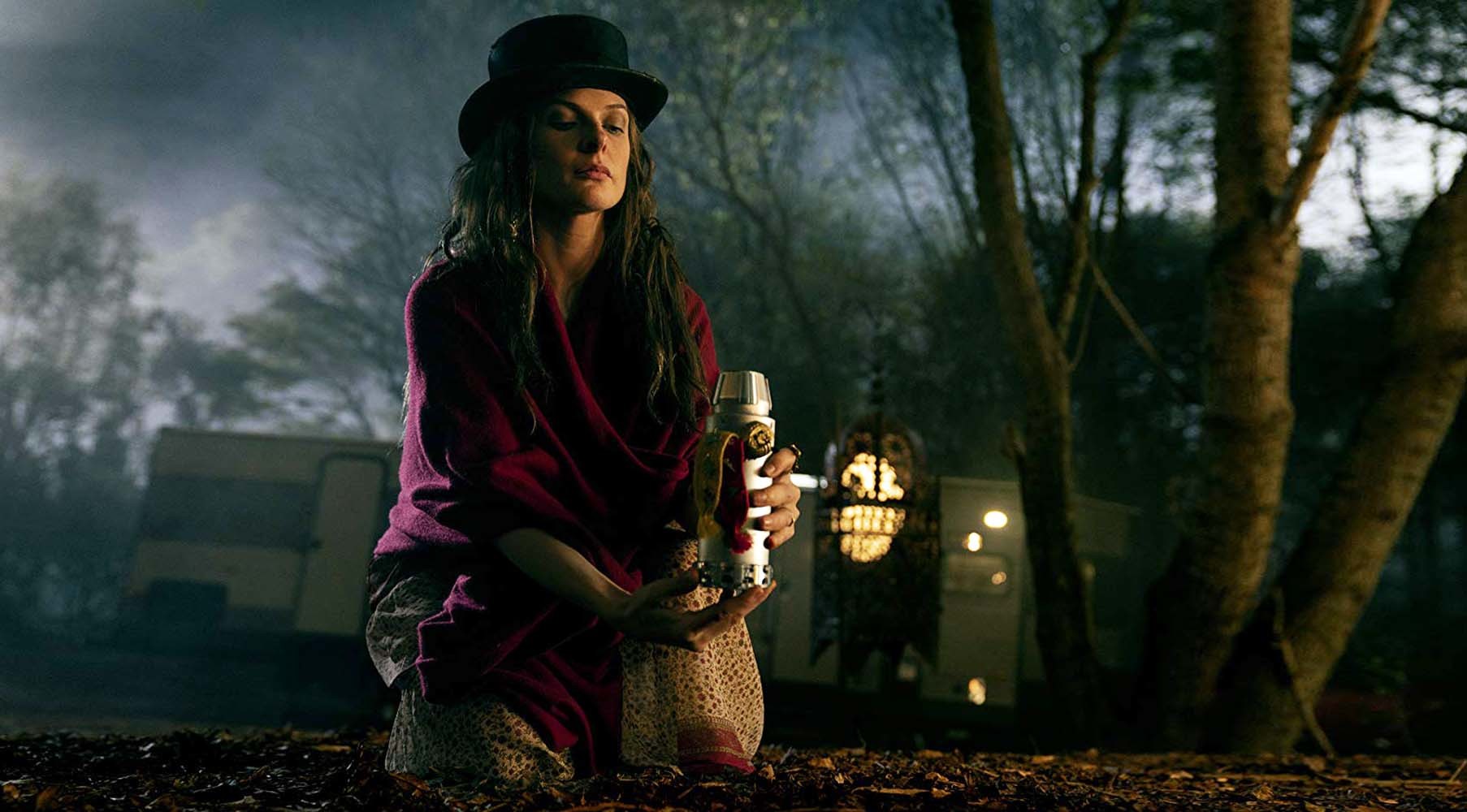Almost 40 years ago - in 1980 - Stanley Kubrick’s picture “Shining”, based on the novel of the same name by Stephen King, was released worldwide.
It is known that work on the film was accompanied by disputes between the author of the novel and the director. The wayward Kubrick frankly neglected the plot of The Shining and decided not to take into account King's wishes regarding the casting. Apparently, then the writer was a bit simpler towards the director’s free adaptation (although he actually immediately disowned the film).
The film was nominated for Golden Raspberry, but the film adaptation in the retelling of Kubrick gained cult status. And to this day, she is on the list of the scariest films in history. Dozens of paintings have been shot based on King’s works, but The Shining is the most famous.
Probably, for most people, the name "Radiance" is associated primarily with a picture of Kubrick, rather than with King's novel. Although in the mid-1990s the writer even tried to put his work in the format of a television series (where everything omitted by Kubrick was taken into account), however, that screen version did not have much success, and now few people remember about it.
The story of The Shining seems to have been haunting King for a long time, and ten years ago the writer found a reason to return to it. Then, before sitting down for a new book, he arranged a vote among the fans - they had to choose what King would work on. The majority of the votes was received by the sequel to the textbook Radiance, entitled Doctor Dream, which subsequently, in 2014, decided to film Warner Bros.
The canvas of events in the film covers a short period of time immediately after the original novel (1980s), then - 2011 and 2018. In the 2010s, Danny Torrens (Ewan McGregor) consistently, but not too successfully, tried to recover from what happened at the Overlook Hotel more than thirty years ago.
In the hope of stopping constant frustration and fleeing himself, the hero moves to a small town in the state of New Hampshire, where he begins to attend meetings of non-anonymous alcoholics and gets a hospice orderly. Thanks to its “radiance” (and also to the fluffy cat assistant named Azrael), Torrance facilitates the departure of hospice patients to the next world. From one of the dying, he receives the nickname "Doctor Dream."
- © Shot from the film “Doctor Dream” (2019)
At the same time, a camp of sectarians who feed on the “radiance” of their children (something like energetic vampirism) travels around the United States. The True Knot sect, consisting of bloodthirsty creatures led by a witch named Rose (Rebecca Ferguson), brutally tortures the little captives before the murder - at that time they emit the same vaporous essence, which, in fact, was hunted.
Once these vibrations are caught by a girl with powerful psychic abilities named Abra (Kylie Curran). She goes to Torrens and asks him for help, because she knows: Rose has already spotted her. Quite quickly, Torrens and Abra deal with the sectarians, but the hero takes the main battle, with Rose, to the place where he least wants to return, but where they have the most chances to win, to the Overluk Hotel.
The screen version of Mike Flanegan, who consulted the entire filming process with the writer, was pleased with King - he later noted on Twitter that the result of their work would “tear the roof off”. But here you should still remember that the approval of the writer does not necessarily portend the success of the film (and sometimes even indicates the opposite).
Flanegan was in an unenviable but curious position - it was necessary to please both King and the viewer who recognized Kubrick's Shining as a masterpiece in the psychological thriller genre. “Doctor Dream” even borrowed several basic elements from the original film - twin girls, a rotting woman in the bathroom, blood from elevators and even a carpet - for Danny’s flashbacks and more. Flanegan was not going to copy the picture of Kubrick, but tried (and quite accurately) to recreate it.
Since King has already given the film his own quality mark, it can be assumed that Dr. Dream, in the reading of Flanegan, is plot-related to the novel. At the same time, a picture with a time of two and a half hours does not seem prolonged (although some scenes look superfluous - for example, with the recruitment of Andy, another heroine with the gift of hypnosis, into the ranks of the True Knot), and the whole story is fully revealed in front of the viewer King's fictional world.
And yet, let Flanegan and a good storyteller, the film will inevitably exhale the desire of Stephen King to finally say goodbye to Kubrick's “Shine”, firmly entrenched in the cinematic environment in the status of a masterpiece and overshadowed the writer himself. However, it is possible that after Doctor Sleep, both the film and the novel, the reader will want to get acquainted with the literary Radiance.

